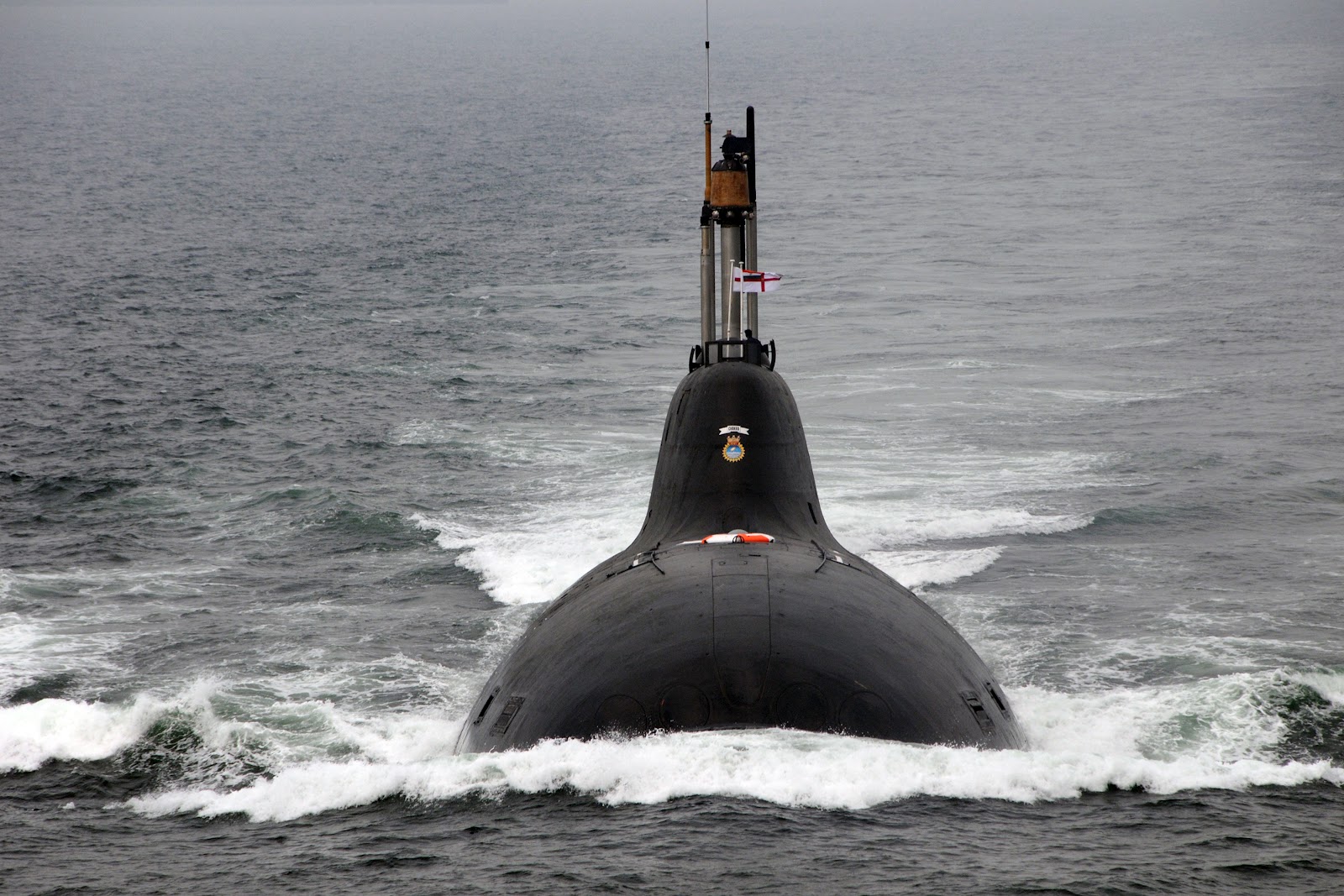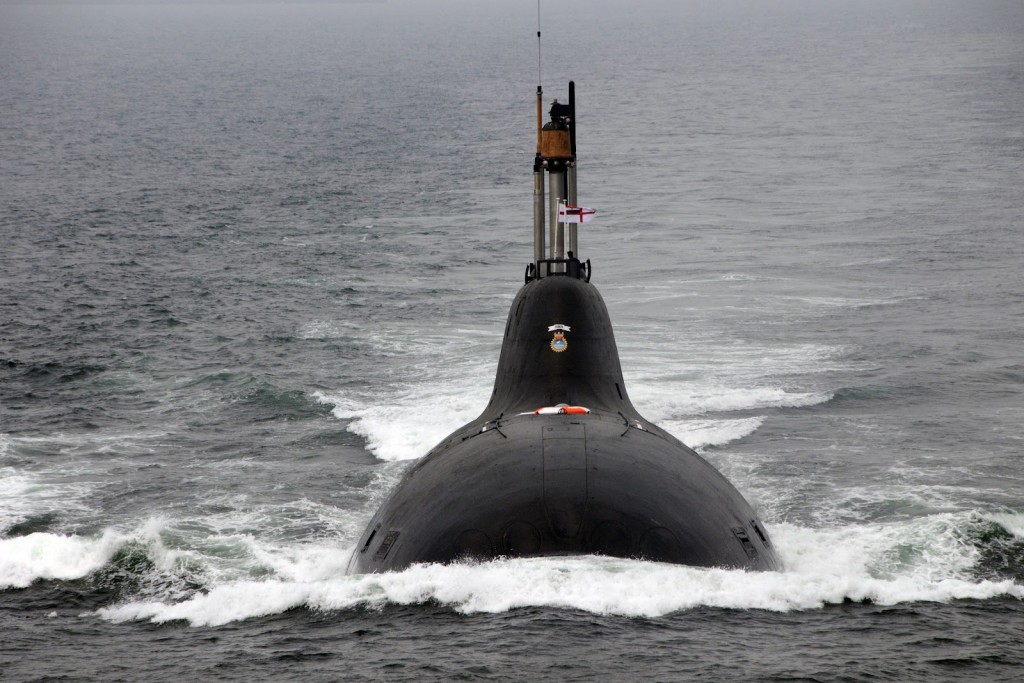Sourced : National Interest
Βy : Dave Majumdar
India and Russia have apparently reached an agreement for New Delhi to lease a second Project 971 Shchuka-B (NATO: Akula-class) nuclear attack submarine (SSN) according to Russian media reports. The two sides signed the deal—along with a host of other weapons purchase agreements—on the sidelines of the BRICS summit in the Indian state of Goa where Russian President Vladimir Putin met with his Indian counterpart Prime Minister Narendra Modi on Oct 15.
“According to a source in the Russian defense industry, the long discussed lease to transfer a multipurpose Project 971 nuclear submarine to India from the Russian Navy was signed in Goa,” writes Vedomosti columnist Alexei Nikolsky. The Russian Navy will transfer the submarine after it has been repaired and modernized.
This is the second Akula-class SSN that India has leased from Russia. The Indian Navy currently operates INS Chakra—an Akula-class boat formerly known as K-152 Nerpa—which New Delhi leased from Russia starting in 2011, though the boat was formally commissioned into Indian service later in April 2012. The Indians had also previously leased a Project 670 Skat-class (NATO: Charlie-class) boat—K-43—during the late 1980s and early 1990s to gain nuclear submarine experience.
According to Russian reports, the Indians originally did not want to lease a second Akula-class boat, instead New Delhi had its eye on the much more advanced Project 885 Yasen-class, but Moscow only has one of those pricey new submarines—Severodvinsk—in service. The remaining seven boats in the class are in various stages of construction, which is proceeding slowly.
“I have heard rumors to this effect for several months,” Dmitry Gorenburg, a senior research scientist specializing in Russian military affairs at the Center for Naval Analyses, told The National Interest earlier this year. “The main problem, it seems to me, is that it would delay the construction of Yasens for the Russian fleet. Makes me a little doubtful that it would come to pass, unless the Indians are willing to wait for a number of years.”
While the Russians have been willing to help the Indians with developing their nuclear submarine program, Moscow has actively steered New Delhi away from the Yasen because of the complexity of operating multiple SSN types. The Kremlin-owned Sputnik news outlet suggested in September that Russia would be willing to help the Indians develop and build half-a-dozen indigenous SSNs.
Meanwhile, India recently commissioned its first indigenous nuclear-powered ballistic missile submarine—called Arihant—into service this past August according to local media reports. The vessel will eventually be armed with either four indigenous K-4 submarine-launched ballistic missiles (SLBM) with a roughly 2,200-mile range or 12 smaller K-15 missiles with a roughly 470-mile range. However, despite being commissioned into service, the vessel —which was developed with Russian technical assistance—is not yet ready to conduct nuclear deterrence patrols.
It is unclear how many Arihant-class SSBNs India hopes to build—three additional boats are thought to be under construction. The follow-on three boats, starting with Aridhaman, will have eight rather than four missile tubes and will feature a host of improvements. However, the Arihant-class is just a starting point.
“The Arihant class boats themselves will be followed by a new generation SSBN that will be appreciably larger and will be propelled by either a single unit of a much more powerful reactor or two units of a later version of the existing Arihant class reactor. The first of these new generation SSBNs is designated S-5 and will be launched by the mid-2020s.
Incidentally, these boats will be built in parallel with the six new nuclear attack submarines (SSNs) that were given cabinet approval last year,” writes Saurav Jha for The Diplomat. “The S-5 and its successors will also be armed with a new three-stage SLBM that will be able to carry a 2 ton payload consisting of up to four MIRVs out to a distance of more than 6000 km.
This ‘heavy’ SLBM, likely called K-6, with a length of 12 meters or so, is meant for the 12-16 launch tubes that will feature on the S-5, enabling it to carry out deterrence patrols from the Southern Indian Ocean.”
Only time will tell if the Indians manage to field a competent sea-based deterrent. Like Moscow, New Delhi likes to tout grand designs for its future military capabilities only to see projects become mired in red tape, bureaucracy, funding struggles and corruption.


